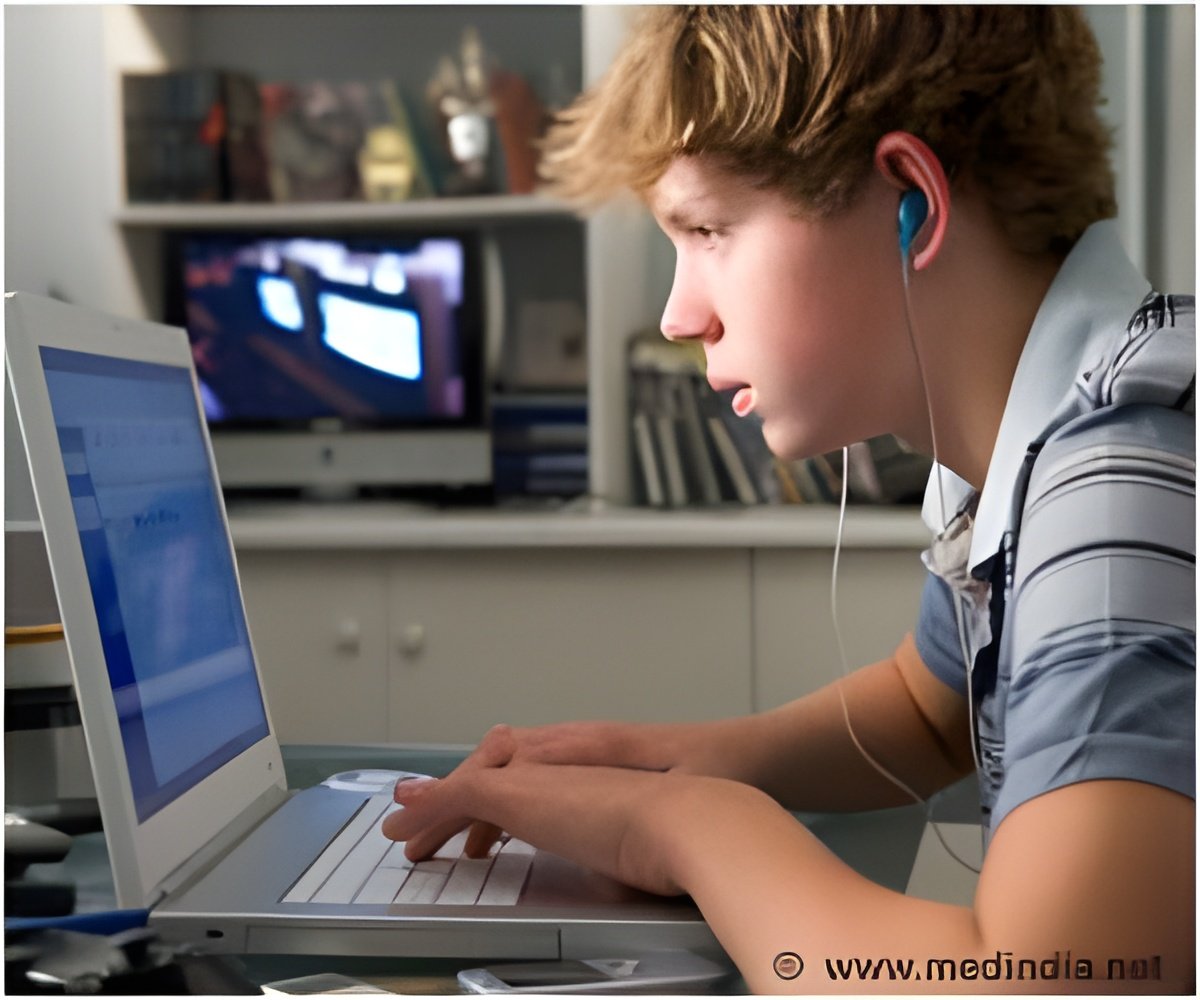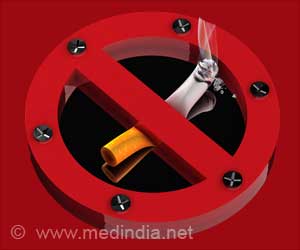
‘These kinds of videos where hip-hop stars are seen using Tobacco & Marijuana, these young kids especially teenagers begin to view them as normal in hip-hop culture, and they can start to see themselves using them.’
Read More..Tweet it Now
They found that a substantial (40%-50%) proportion of the leading hip-hop videos during this time contained the use of combustible or electronic tobacco and marijuana products (or smoke or vapor), corresponding to over 39 billion views to date. They also found that the use of these products in videos was often by main and featured artists and that the prevalence of combustible or electronic use of tobacco and marijuana rose with songs' popularity. In addition, brand placement was becoming more common in online hip-hop music content.Read More..
" While there is no doubt that hip-hop artists have made many positive contributions to social change--speaking out on issues like police violence against minorities--there's also a history of showing regulated substances in hip-hop and other popular music. These depictions may affect fans' attitudes toward smoking and increase the likelihood of smoking --particularly among young people," says Kristin Knutzen, MPH, lead author and Dartmouth Institute research scientist.
In their analysis, the researchers included all hip-hop songs listed on Billboard magazine's weekly Hot R&B/Hip-Hop Songs list (a list of the top 50 songs) between 2013-2017. During this period, 1,250 songs appeared on the Billboard Top 50 list; 769 of them had accompanying music videos. The researchers also searched YouTube, Tidal, iTunes, Vimeo, and artists' websites for corresponding music videos of all top 50 songs.
Among their findings recently reported in JAMA Internal Medicine:
- The proportion of songs with accompanying music videos that contained combustible use, electronic use, or smoke or vapor equaled 44% in 2014, 40% in 2015, 50% in 2016, and 47% in 2017. (For a total of 39.5 billion views)
- Compared with hand-rolled products, manufactured cigarette use was less common in videos. In 2017, only 8% of songs with accompanying music videos contained manufactured cigarettes.
- Among songs with accompanying music videos containing combustible use, brand placement increased from 0% in 2013 to 10% in 2017. For those containing electronic use, brand placement increased from 25% in 2013 to 88% in 2017.
- Main or featured artists exclusively used combustible or electronic products in a third of music videos that contained the use of these products.
- The proportion of songs with accompanying music videos containing the use of these products increased with the popularity of these songs. The proportion equaled 42% among songs in the first quartile of viewership (8,700 to 19 million views) and increased to 50% among songs in the fourth quartile of viewership (112 million to 4 billion views). The researchers note that the music video for the popular song, "I'm The One" by DJ Khaled-- featuring Justin Bieber, Quavo, Chance The Rapper, and Lil Wayne -- contained both combustible and electronic use, as well as electronic brand placement (KandyPen)-- and had been viewed over 1 billion times on YouTube as of June 2018.
Advertisement
The researchers note that while these music videos provide "largely unregulated opportunities" for the advertising of tobacco and marijuana products, a future regulation that directly addresses the often co-occurring depiction and marketing of tobacco, marijuana, and electronic products in music videos could reduce the burden of tobacco and marijuana use.
Advertisement
Source-Eurekalert















